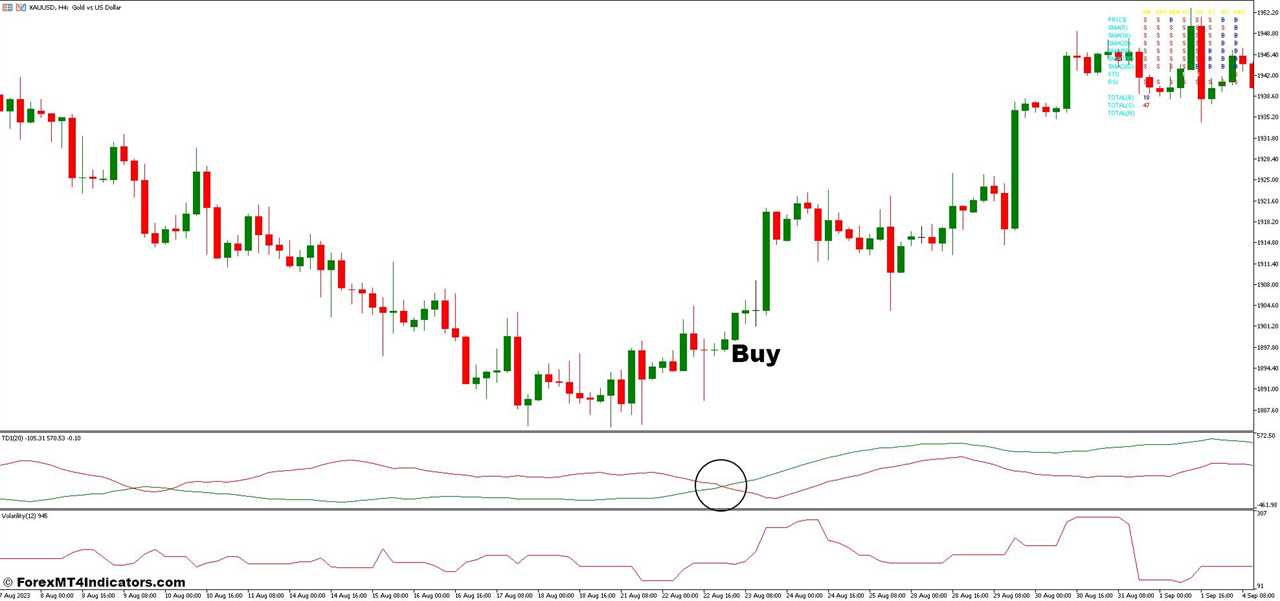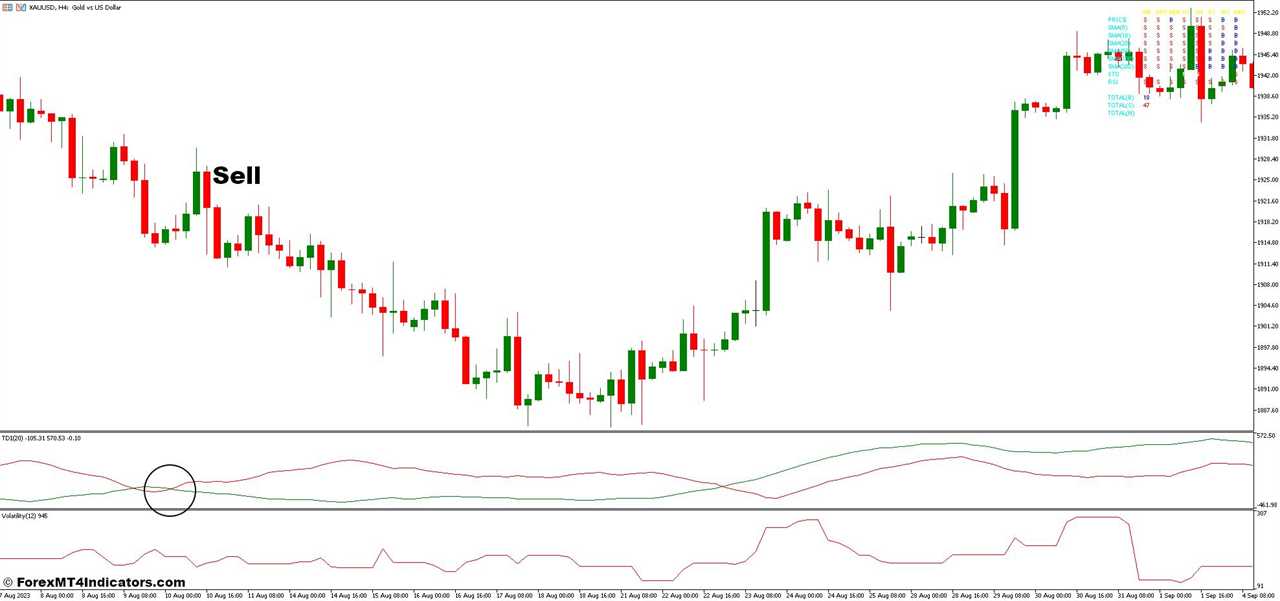||
The TDI (Traders Dynamic Index) combined with a sharp focus on market volatility stands out as a formidable strategy in the realm of forex trading. This approach harnesses the robust capabilities of the TDI indicator, which consolidates moving averages, relative strength indicators, and volatility analysis into a single tool. Its strength lies in offering traders a comprehensive view of market momentum and volatility, empowering them to make informed trading decisions with confidence.
Volatility, a crucial metric measuring the rate and magnitude of price changes, forms the cornerstone of this strategy. By strategically aligning TDI signals with periods of heightened volatility, traders aim to capitalize on significant price movements while effectively managing risks. This strategy not only enhances trading precision but also enables traders to adapt swiftly to evolving market conditions.
The TDI’s ability to synthesize multiple indicators into a coherent framework enhances its appeal among traders seeking a structured approach to trading. It serves as a versatile guide, helping traders identify potential entry and exit points based on both momentum and volatility signals. This structured methodology not only simplifies decision-making but also strengthens traders’ ability to navigate complex market dynamics.
Traders Dynamic Index (TDI) Indicator
The Traders Dynamic Index (TDI) is a versatile tool that consolidates several indicators to provide a comprehensive view of market conditions in forex trading. It integrates the Relative Strength Index (RSI), Moving Average (MA), and Bollinger Bands into a cohesive framework. The RSI component helps traders identify overbought and oversold conditions, indicating potential market reversals or continuations based on momentum.
Concurrently, the moving averages (typically a 13-period and 34-period) act as trend indicators, with crossovers signaling shifts in trend momentum—upward when the fast MA crosses above the slow MA, and downward when it crosses below. Additionally, Bollinger Bands within the TDI gauge market volatility; wider bands indicate higher volatility, aiding traders in assessing potential price fluctuations and adjusting their strategies accordingly. This integrated approach equips traders with a versatile toolset to make well-informed decisions regarding trade entries, exits, and risk management strategies, enhancing precision and adaptability in navigating forex markets.
Volatility Indicator
In the TDI and Volatility Forex Trading Strategy, a key component is the use of specific volatility indicators to assess market conditions and potential price movements. One prominent volatility indicator used is the Average True Range (ATR). The ATR measures the average range of price movements over a specified period, providing traders with insights into the level of market volatility. Higher ATR values indicate greater price volatility, suggesting the potential for larger price swings and prompting traders to adjust their trading strategies accordingly.
By incorporating ATR readings into their analysis, traders can determine optimal trade sizes, set appropriate stop-loss levels, and gauge potential profit targets based on current market volatility levels. This proactive approach to volatility analysis enhances traders’ ability to navigate market fluctuations effectively, optimizing their trading decisions and risk management strategies. Paired with signals from the Traders Dynamic Index (TDI), the use of volatility indicators in this strategy empowers traders to capitalize on market opportunities while minimizing potential risks, contributing to overall trading success in the forex market.
How To Trade With TDI and Volatility Forex Trading Strategy
Buy Entry

- Confirmation with TDI: Wait for the TDI green line (RSI) to cross above the yellow line (signal line).
- Confirming Momentum: Ensure the fast-moving average (13-period) of the TDI crosses above the slow-moving average (34-period).
- Volatility Confirmation: Look for Bollinger Bands to widen, indicating increased volatility.
- Entry Point: Enter the trade when the above conditions are met.
- Stop-Loss: Place the stop-loss below the recent low or at a significant support level.
- Take-Profit: Set the take-profit at a predefined target or when the price shows signs of reversal or resistance.
Sell Entry

- Confirmation with TDI: Wait for the TDI green line (RSI) to cross below the yellow line (signal line).
- Confirming Momentum: Ensure the fast-moving average (13-period) of the TDI crosses below the slow-moving average (34-period).
- Volatility Confirmation: Look for Bollinger Bands to widen, indicating increased volatility.
- Entry Point: Enter the trade when the above conditions are met.
- Stop-Loss: Place the stop-loss above the recent high or at a significant resistance level.
- Take-Profit: Set the take-profit at a predefined target or when the price shows signs of reversal or support.
||
-----------------------------------------------------
By: Tim Morris
Title: TDI and Volatility Forex Trading Strategy
Sourced From: forexmt4indicators.com/tdi-and-volatility-forex-trading-strategy/?utm_source=rss&utm_medium=rss&utm_campaign=tdi-and-volatility-forex-trading-strategy
Published Date: Sun, 22 Sep 2024 01:00:05 +0000
Read More
.png) InvestingStocksToolsClubsVideosPrivacy PolicyTerms And Conditions
InvestingStocksToolsClubsVideosPrivacy PolicyTerms And Conditions
